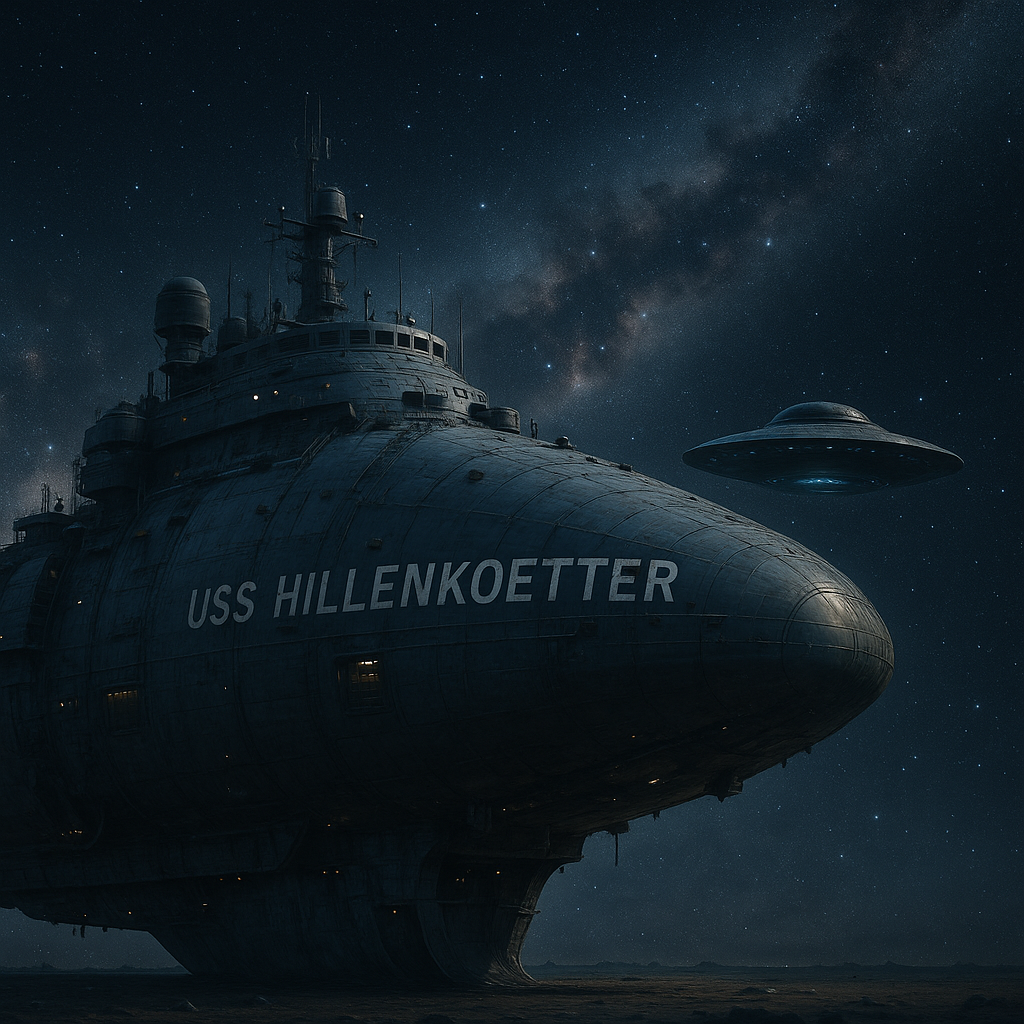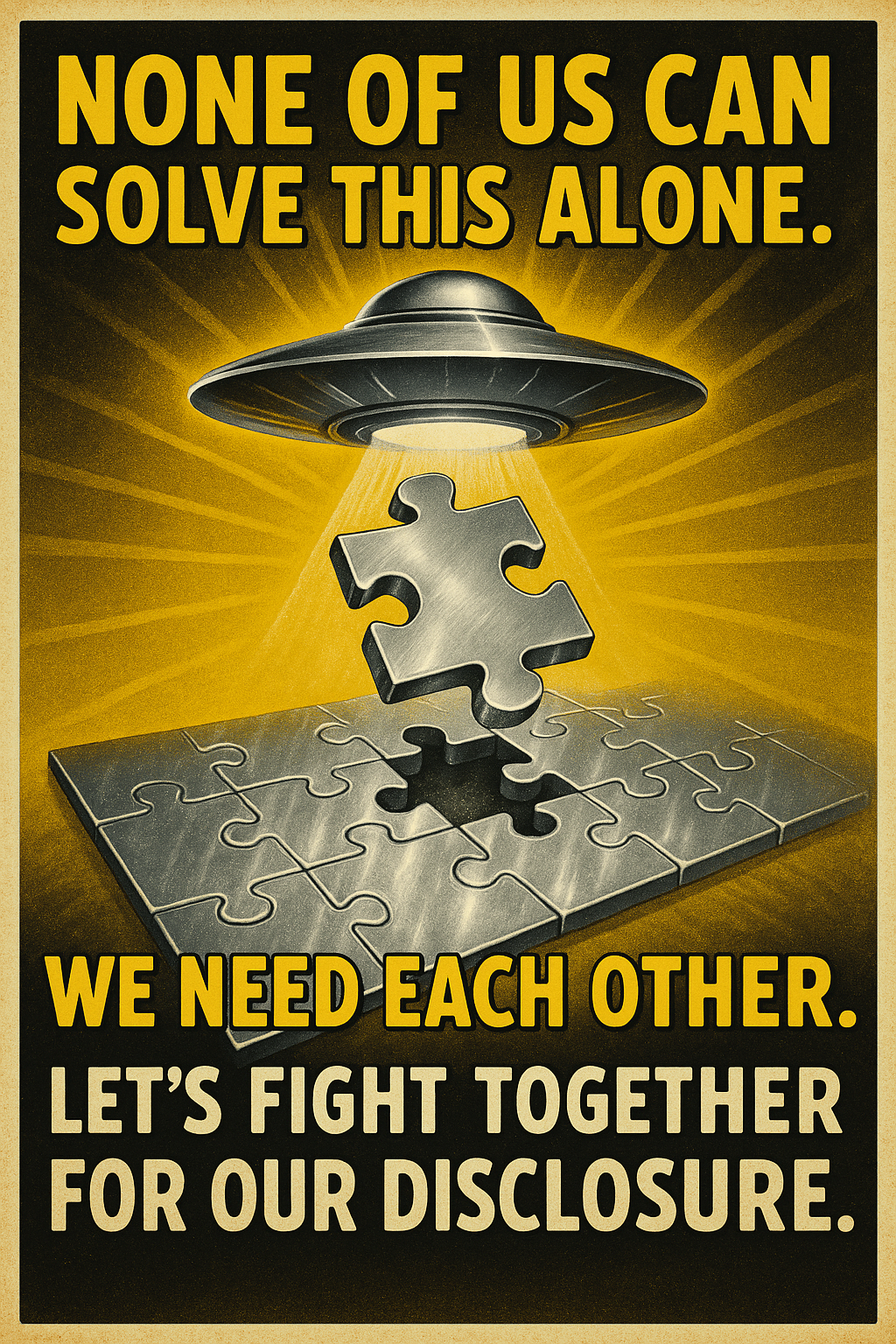Inside the McNeal Whistleblower UFO Truth Document

In a classified world of black budgets, non-human intelligences, and the unrelenting silence of secrecy, Charles B. McNeal has stepped forward with a whistleblower statement that seeks to pull back the curtain. His document—long, detailed, and emotionally charged—outlines a shadow network of advanced programs and buried truths.
McNeal discusses Special Access Programs (SAPs) with restrictive access, tightly compartmentalized data, and severe NDA enforcement. These programs are well-documented in Department of Defense policy. He references Nellis AFB and Area II as key locations involved in high-security operations, especially weapons systems and experimental technologies. The culture of secrecy described by McNeal, marked by layered compartmentalization, mirrors established intelligence protocols, and his depiction of psychological pressure tactics against whistleblowers aligns with one particularly bold claim—his direct assertion that the 1947 Roswell incident was indeed real, framing it as a foundational moment in U.S. engagement with non-human technology.
McNeal’s account stretches into more intriguing territory. He describes extraterrestrial beings living in adobe-brick or igloo-style structures and claims their planet operates on a 40-hour day cycle. He also notes that personnel participating in an exchange program kept audio journals, a claim reminiscent of Project Serpo narratives. Supporting the infrastructure of these programs, he lists numeric codes representing medical and scientific personnel—biologists, doctors, and engineers—implying a detailed and structured hierarchy.
The document references numerous extraordinary allegations, such as the possession of craft not made by human hands, the recovery of biological specimens not of Earth origin, and active reverse engineering operations at undisclosed locations. McNeal warns of intimidation by shadowy figures, describing intimidating figures and claiming these programs have achieved propulsion systems capable of transforming global energy—yet remain hidden. He references Majestic 12 and a supposed 1950s treaty with a group called ETE-1, further connecting to claims of deep-rooted cooperation with non-human intelligences. Among the programs mentioned is Project Crystal Knight, which he associates with advanced operations involving non-human technology.
According to McNeal, several craft routinely travel to Mars, supported by underground bases, and operate using a heavy, unnamed element. He asserts that tapes exist capturing President Reagan speaking candidly about extraterrestrials and notes the military distinction between alien craft and man-made Alien Reproduction Vehicles (ARV). At the heart of the testimony is the “Truth Document,” McNeal’s proposed blueprint for full public disclosure. He also details the existence of a separate Space Force Intelligence division (SFI), responsible for interstellar diplomacy and off-world operations. He suggests alien star charts were recovered and decoded as far back as the 1950s and references classified ships such as the USS Hillenkoetter and USS Vandenberg, hinting at retrofitted deep-space capabilities.
McNeal further claims that National Security Decision Directives (NSDDs) have been intentionally misused to shield these programs from Congressional oversight. He describes the physical characteristics of EBEs, including protective black eyelids that cover white eyeballs. He proposes a specific funding campaign totaling $480 billion to support efforts in public disclosure, operations led by the Space Force Intelligence division (SFI), and the transition of suppressed technologies into civilian use. Additionally, McNeal introduces the concept of a ‘U.S. Galactic Federation,’ described as a formal interstellar coalition in which Earth is an active participant. He further claims that synthetic biological AI entities are deployed alongside human and non-human teams, and outlines what he calls ’20 and Back’ missions, which involve age-regressed service members sent on extended off-world assignments. The depth and specificity of these assertions reflect recurring themes in McNeal’s testimony, consistent with other whistleblower reports emerging in recent years.
McNeal includes a number of astronomical and historical references to support the scope of his claims. He suggests that the EBEs’ planet may orbit a binary star system—an observation he believes could guide researchers investigating habitable zones beyond Earth. He states that relationships with ETE allies have existed for decades, portraying these as organized, long-term diplomatic arrangements rather than isolated incidents. One of the more specific archival claims is his reference to recovered physical materials and documentation dating back to 1972, which he identifies as the foundational evidence supporting the broader body of claims detailed in his Truth Document. He suggests these materials, obtained through covert operations and securely stored, include craft components, biological samples, and operational data gathered during early contact events. Additionally, McNeal recounts a 1964 mission in which twelve specially trained individuals were transported to participate in an interspecies exchange—an episode he includes as both precedent and justification for future transparency.
McNeal’s testimony delivers a sweeping account of hidden technologies, off-world engagements, and non-human alliances, framed as both a personal reckoning and a formal disclosure initiative. His “Truth Document” goes beyond witness claims—it acts as a directive for systemic change. He calls for technological integration, full public transparency, and interstellar cooperation, offering a roadmap for transitioning Earth into its next phase of awareness. Whether through Mars-bound craft, decoded star charts, or age-regressed service programs, McNeal paints a picture of humanity not as isolated observers, but as active players in a broader galactic arena.


